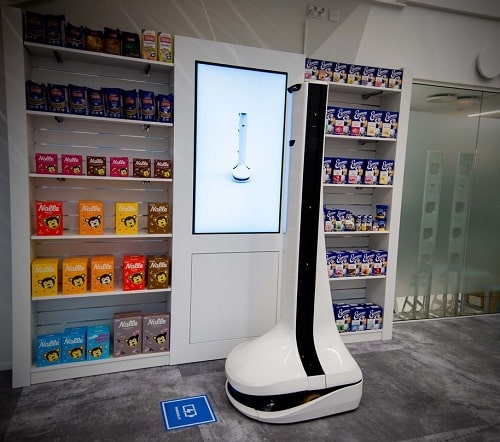The power transfer technology allows devices to get charged regardless of their position or orientation and even on the go

The concept of wireless power transfer has been around since the 1800s, yet work on it intensified after 2010. With the introduction of the Qi wireless charging standard, several phone makers got a headstart in incorporating it into their devices. The technology proved to be a much more convenient alternative to wired charging.
Except for a major disadvantage: the digital device with respect to the charger should be precisely aligned for the charging to occur. This meant that in a large charging area, the digital device must be in a relatively known stationary position. Any movement will lead to the misalignment of the transmitter and receiver, and thus no charging.
However, that may soon change. Researchers at Aalto University have developed a power transfer technology that works regardless of the position and orientation of the transmitter and receiver. This is possible due to the concise arrangement of the transmitters with the current in the adjacent transmitters running in opposite directions, that is, a clockwise loop in one transmitter and counter-clockwise loops in its neighbours.
This creates a grid of ‘positive’ and ‘negative’ transmitting coils with a magnetic flux between them. A receiver above the grid of transmitters captures the magnetic flux, which generates an electric current to charge the device.
“The beauty of our method is that it’s very simple yet quite sophisticated,’ says Prasad Jayathurathnage, postdoctoral researcher at Aalto University. “We don’t need a high-end processor or lots of computations to make the transmitters intelligent. At the end of the day, it’s all an electromagnetic system, and our approach was to figure out how we could detect the receiver’s presence and position electromagnetically.’
Because the receiver is enough to trigger the power transfer, the wireless charging system can thus work without any positional tracking and communication between the receivers and transmitters. This also means that power is only the receiver gets energised, making simultaneous charging of several devices possible.
Tiling transmitters together produces a charging area of the desired size and shape. A subset of the transmitters is then activated at lower power. ‘That’s basically a search – the transmitters are listening for a receiver,’ explains Shamsul Al Mahmud, a doctoral student in the project. The neighbouring transmitters immediately switch from being off into an alert mode whenever they detect power transfer.
‘With this configuration, we had almost constant efficiency and constant power received regardless of the receiver’s position and orientation,’ says Ishtiaque Panhwar, a researcher involved in the project. Power transfer continued smoothly even as the receiving device moved around.
The technology has been tested with commercial warehouse robots in cooperation with Finnish firm Solteq Robotics. The project aims to commercialise this new technology for industry and transport. Other applications include kitchen appliances, and even phones or laptops.
The team will continue to refine and improve this technology. One of their goals is to boost the power levels from about 1 kW to around 20 kW to charge electric vehicles.
Read here for more







